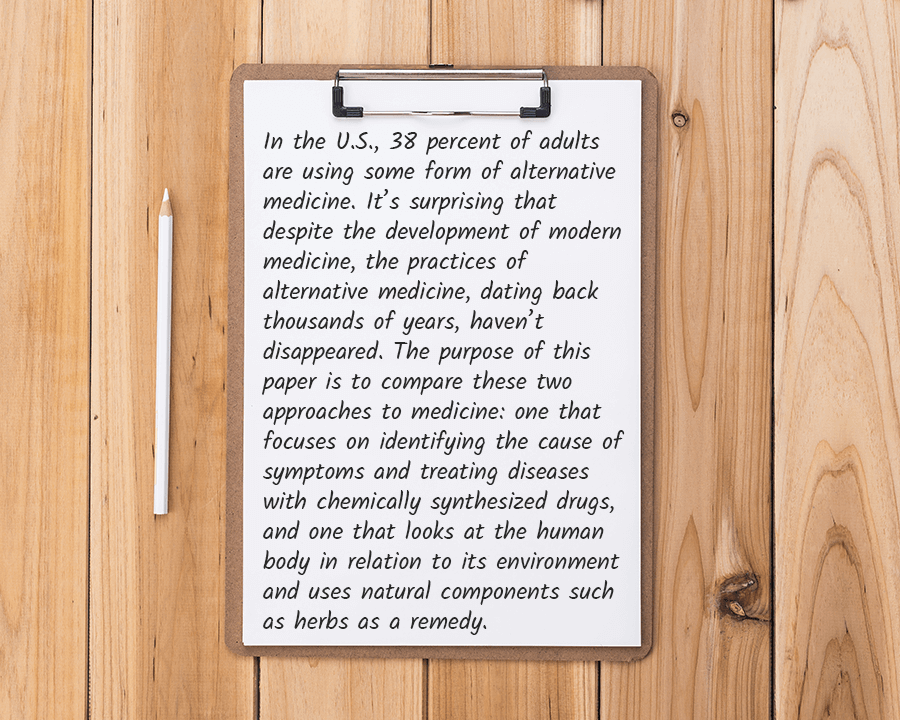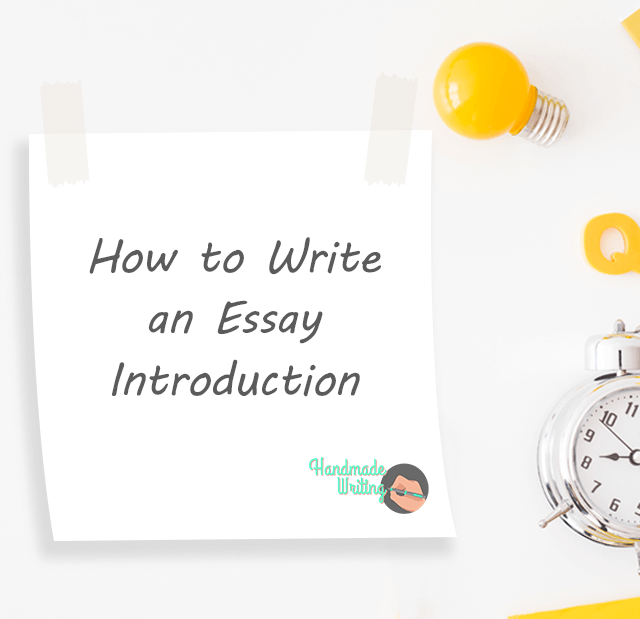Why do I Need an Introduction Paragraph?
You’re writing an introduction to your essay for two reasons. First, its purpose is to hook your readers so that they will read on and see what you have to say. Second, it will provide a guideline for your topic and main argument, known as the thesis statement. Your first sentences should pull the readers in – this is the hook that tells your readers something they didn’t know before. It can be an interesting fact, a surprising statistic, or a quote from a well-known person. Basically, it can be anything that has the ability to catch your readers’ attention. Choose the right hook based on your topic and style. Your readers need enough information to understand the background of your essay. Make sure, however, to keep it short, too, not to lose their interest. Your thesis statement, on the other hand, should provide an answer to the main problem of your essay.

How Long Should an Essay Introduction Be?
This depends on the overall length of your essay. There is no set rule for how long an introduction should be. For a 2- to a 3-page essay, the appropriate length is usually one paragraph. But in case the overall length of your essay is more, for example, 4−5 pages, two paragraphs is considered more appropriate. A general rule is that your introduction should be between 5 and 10 percent of the overall length of your essay.
How to Write a Good Essay Introduction?
Being able to write a good essay is an essential skill for your future. As many as 80 percents of corporations with employment growth potential assess their applicants’ writing skills during the hiring process.
To write a good introduction paragraph, you need to first identify your audience. You want your essay to evoke emotions and to keep your readers interested from start to finish. Before you can do that, you need to know who your readers are. If you’re writing an essay as a class assignment, you don’t necessarily have to write for your instructor. Choose your audience based on the subject matter of your essay. For example, if you’re writing an essay about career paths, you may want to identify students and young professionals as your target audience. Your target audience determines what information you should include and what you can leave out.
To make the introduction of your essay effective, you can appeal to your readers’ emotions. This is a good strategy, especially when writing a persuasive essay introduction about a personal topic. It will help you get your audience emotionally involved in the topic. For example, if you’re writing an essay about foreign aid, you can describe the tragedy of undernourished children to evoke some emotions in your readers. Another strategy is to ask thought-provoking questions. This way, you will draw your readers in by making them think about your subject matter. As long as these questions are intriguing enough, your readers will want to find out the answers.

Move From the General to the Specific
Perhaps you have heard of the upside-down pyramid. Place your hook at the top, and use 2 to 3 sentences to describe the wider context of your thesis. You should try to make each sentence more specific than the one before it. For example, if you’re writing an essay about the crimes committed by refugees, you could start with an anecdote about a victim of these crimes. Then you could provide statistics about the problem in a specific country, and finally narrow it down to a particular age group or social group.
Make a Smooth Transition to the Body
In many cases, you can move straight from your introduction to the first paragraph of your body. Sometimes, however, you may need a transition sentence to move naturally to the rest of your essay. You can test whether you need this transition sentence by reading your introduction and the first paragraph of your body out loud. If you find yourself pausing between the two paragraphs, it’s better to write a transition sentence.
Pay Attention to Your Structure
Keep in mind that it’s not necessary to write the introduction first. In fact, it’s often easier to write it after writing the body and conclusion. On the other hand, others find it convenient to write the introduction first and use it as an outline for the rest of the essay.
While your introduction needs to be short, it should also convey a lot of information. The first sentence is your hook that catches your readers’ attention. The next sentences build a bridge between your hook and the general topic of your essay. The ending sentence of your introduction should include your thesis statement or points that you will discuss in more detail in the body and which support the main argument of your essay.

Remember to Revise
This is important for those who prefer to write their introduction first. Since it’s not uncommon to deviate from your outline, make sure that your introduction is in line with your completed essay. Make every sentence count and remove any unnecessary parts.
In case you’re struggling to find the time for your essay, you can always contact our essay writer. We have been in the business long enough to know the ins and outs of a perfect essay. Save your time and let us ease your burden.
Check Some Essay Introduction Examples
Now that you know the theory behind writing an effective essay introduction, it’s time to see things in practice. Samples are useful for learning how to put all the information into action. Check the samples below to figure out what your introduction should look like.
Argumentative Essay Introduction
In an argumentative essay introduction, you should present your own personal opinion on the topic based on your evaluation which you will present in the body.

You can also check this argumentative essay sample.
Persuasive Essay Introduction
Persuasive essay introduction also should attempt to convince readers to believe in an idea or opinion. It needs to showcase some personal attitude to the topic.

You can also check more in-depth instructions for writing a persuasive essay.
Compare and Contrast Essay Introduction
A compare and contrast essay introduction should describe two sides of a problem. It’s easier to consider two very different things. You can start with a brief description of the problem and then move on to talk about the two things.

You can also check topic ideas for your compare and contrast essay.











